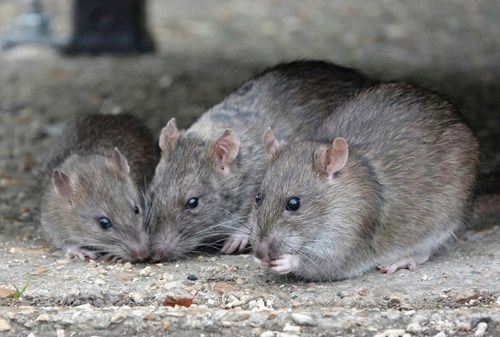Scientists record rats ‘talking’ with their mouths full

Rats produce high pitched chirping sounds when eating
While people generally believe it is bad manners to talk with your mouth full, this is not the case with rats according to scientists.
Research by Scotland’s Rural College (SRUC) and laboratories from the French National Research Institute for Agriculture, Food and the Environment (INRAE) found that rats ‘chirp’ when chewing their food – suggesting that eating is not just about filling their stomachs but possibly an emotional and social process.
Previous studies have found the rodents produce high pitched sounds known as ultrasonic vocalisations (USVs) – similar to birds’ chirping - during a positive emotional experience and when communicating with other rats.
However, this is the first time a specific type of USV associated with the act of eating has been measured.
The rats were recorded using an ultrasonic microphone when they were given a meal at the start of their activity phase - the equivalent of our breakfast.
Using audio editing software to transform the USVs into sounds audible to humans, the researchers found the rats were producing a new type of USV - a flat 40kHz frequency - when chewing their food pellets.
The research opens a window into the inner emotional life of rats, including an understanding of how they feel about eating. It also enables scientists to measure behavioural diversity in the animals and improve their welfare.
SRUC Research Fellow Vincent Bombail said: “The fact that rats chirp with their mouths full makes us realise feeding is more than about just filling their stomachs - it is also an emotional and social experience, even for laboratory animals.
“Just as we have our dinner table conversations, rats are also communicating something when they eat.”
The research was funded by the Human Nutrition and Food Safety (ALIMH) and Animal Physiology and Livestock Systems (PHASE) departments at INRAE and the paper was published in the journal Frontiers in Behavioral Neuroscience.
Posted by SRUC on 29/06/2023
